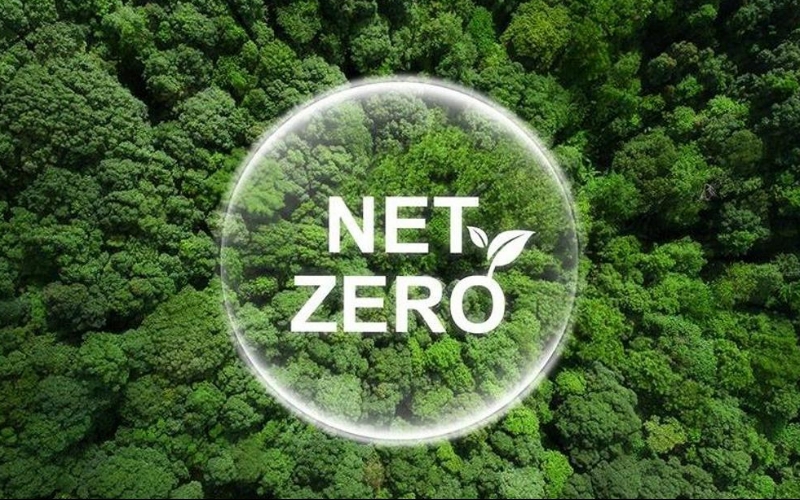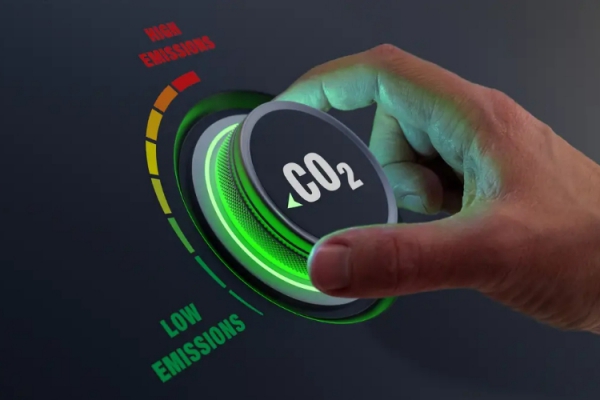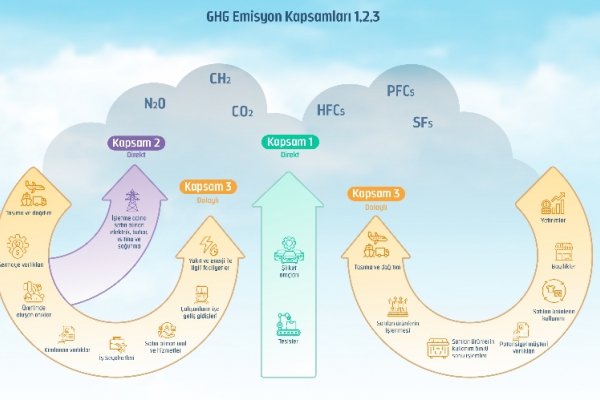What is the difference between net zero and carbon neutral?

Concerns continue to grow about the staggering impact of carbon dioxide (CO2) and other greenhouse gases (GHGs) on the climate. More regulatory agencies are implementing regulations to help reduce the concentration of greenhouse gases in the atmosphere. From where? Because global warming threatens business stability (supply chains, customer segments, investment risk) and the world as a whole.
Regardless of regulations, many businesses are forced to manage their carbon emissions (aka carbon footprint) by traditional market drivers (investors, competitors, and customers). Companies are moving towards carbon neutrality, especially in the short term, when in reality net zero should be the only acceptable solution.
Although the terms “net zero” and “carbon neutral” both refer to the balance between greenhouse gases released and emissions avoided or eliminated, the distinguishing factor between the two claims is based on compensated emissions (aka offsets) . A business can claim to be carbon neutral by measuring its emissions and then achieving the balance through projects financed outside the value chain, without reducing its own emissions. Net-zero forces companies to reduce value chain emissions more meaningfully. Net zero was formally defined by the Science-Based Targets Initiative's Corporate Net Zero Standard in late 2021. The standard states that net zero must be achieved by reducing at least 90% of emissions, and the remaining 10% can be reduced through permanent emissions reductions in the target year. SBTi has not yet defined acceptable types of removals and it should not be assumed that the traditional offsets available today will be acceptable. In short, carbon neutrality means you can offset your emissions (again, typically with offsets), while net zero requires your emissions to be reduced; you really need to get rid of them through efficiency, electrification, renewable energy and other means.
And of course there's "zero emissions," which is essentially a pipe dream because it means the absolute elimination of all emissions from your operation. This ambitious goal does not allow removal with any funding and requires technology not yet available at this scale.
What is the difference between carbon neutral and carbon negative?
Companies with net zero targets are, by definition, trying to limit global warming to below 1.5°C to avoid the most devastating and irreversible effects of climate change. Go one step further and you're in carbon negative (also known as climate positive) territory. This is not an easy goal, but it is an achievable one, as demonstrated by Bhutan, the first and only carbon negative country. 72% of the country is covered by forests, which absorb more than 6 million tons of carbon every year; This is more than enough to offset the 1.5 million tonnes of CO2 emitted. Bhutan's small size and non-industrialization, thanks to its renewable energy exports, means that no other country is likely to achieve a carbon negative status.
How does carbon balancing work?
In nature, trees regulate and absorb the amount of carbon dioxide in the air during photosynthesis and store it in their biomass, especially in their bark. In this way, forests are considered one of the most important carbon sinks, only as large as the ocean.
On paper, companies can reduce the impact of carbon emissions by investing in projects that store or reduce carbon. Typically, when you purchase a carbon offset, the money is used to support an existing emissions reduction project. In addition to tree planting, reforestation, and forest conservation, they can also purchase carbon credits for projects that reduce fossil fuels in other ways; for example, “Replacing coal furnaces with renewable energy-powered furnaces in India or Asia”, wind farms. or better farming methods.



 Start Now
Start Now



